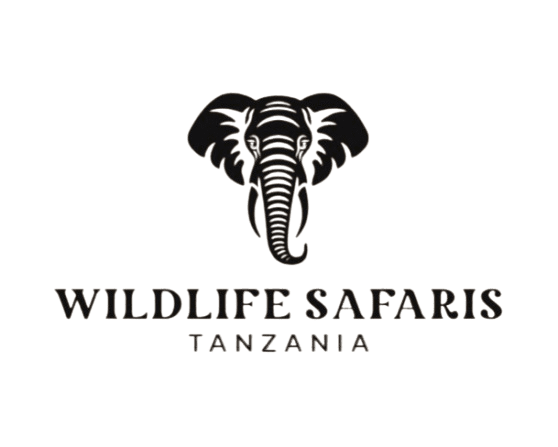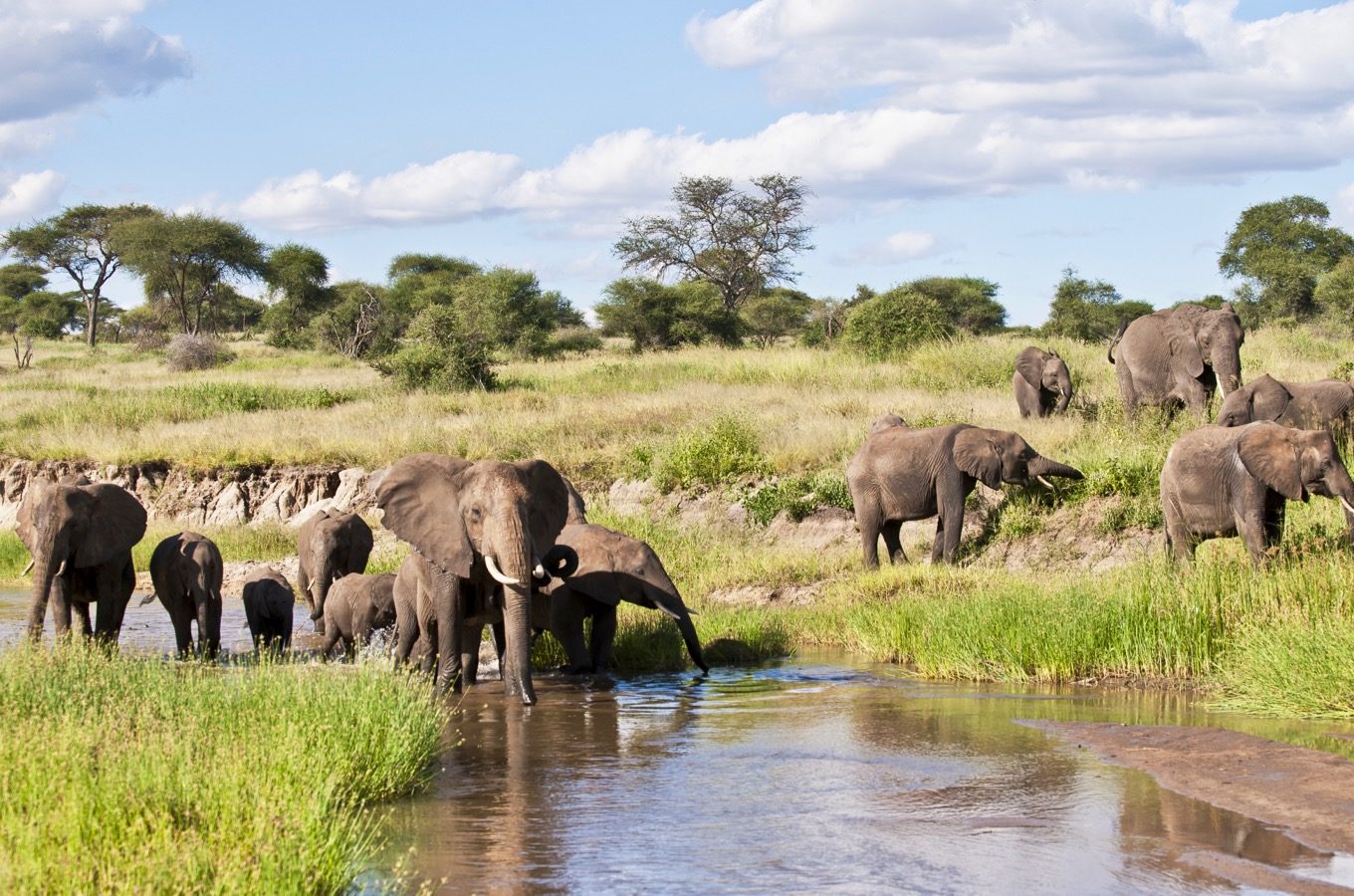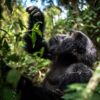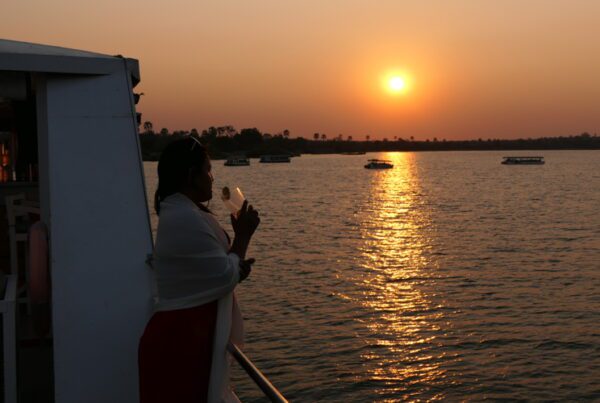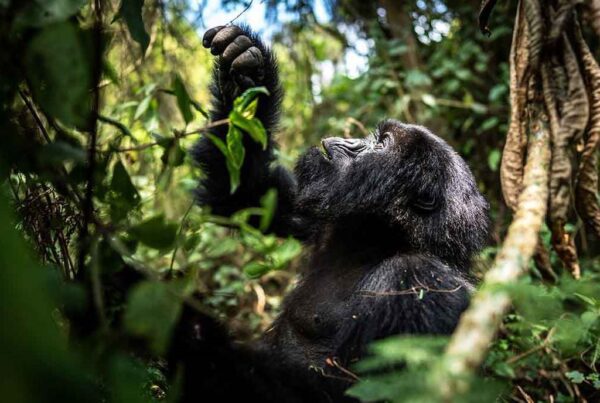Game Viewing at Tarangire National Park Throughout the Day
Northern Tanzania is home to several parks, including the wildlife-rich Tarangire National Park. Overshadowed by the Serengeti and Ngorongoro Crater, this park remains untouched despite being home to different landscapes, diverse elephant populations, and baobab trees. Not many tourists really spend enough time there to really appreciate the local flora and fauna.
Tarangire is an ideal location for a full-day wildlife drive because it is only an hour’s drive from Arusha, the safari gateway of northern Tanzania. Tarangire is sometimes a last-minute addition to visitors’ itinerary to the Serengeti and Ngorongoro Crater. While in Arusha, several people choose to take a day trip there. at any case, you won’t forget your time at Tarangire National Park. An entire day of game driving in Tarangire will be detailed in this blog post.
Your full-day game drive: what can you anticipate?
Mammoth elephants.
Elephants will find nirvana in Tarangire. Typically, these massive beasts forage for sustenance and water across the expansive wilderness of this park. Their unusual habit of excavating wells to replenish water supplies is indicative of their high level of intellect. Plus, they remember people, not simply dig holes to show off their cleverness.
Typically, a single matriarch will lead a herd of up to thirty elephants, as is the norm for this animal. But in Tarangire, you may come across large herds of 300 or more. In fact, during the dry season, when the Tarangire River is at its most powerful, these enormous beasts often gather along its banks, creating even larger herds.
Massive baobabs.
The broad, sweeping plains of Tarangire are often dotted by the many baobabs that dot the terrain. Along the way, you could stumble upon one of the world’s oldest baobabs, which is around 300 years old. The name “trees of life” applies to these plants for good reason. When the weather gets dry, they put out delicious fruits when other trees are cutting down their foliage to conserve water.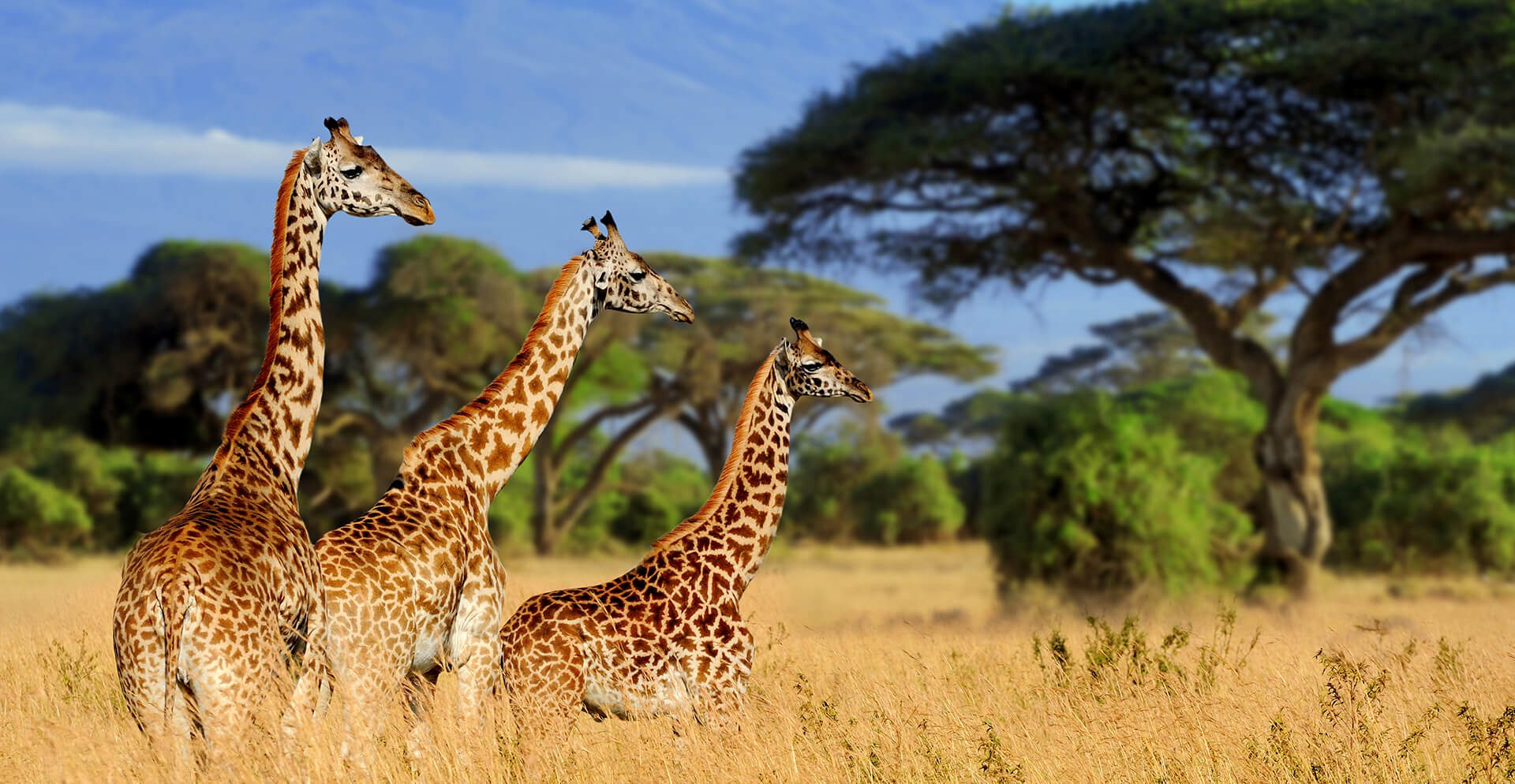
Movement of animals.
Wildlife migration in Tarangire is fascinating, even if it isn’t as well-known as the wildebeest in the Serengeti. Water supplies dry up during the dry season when rainfall decreases, thus animals have to get closer to the ones that are still there. An imposing body of water is the Tarangire River, which winds its way through the park’s heart. You can always count on finding water along this river, which is also the name of the park.
Large herbivores such as elephants, giraffes, impala, wildebeests, and zebras often travel along rivers. Predators such as cheetahs, spotted hyenas, leopards, and lions approach the herbivores at the same time. After that, they take cover on the banks until it’s safe to launch their attack.
Wildlife watching in Tarangire is comparable to that in the Serengeti, if not better, because of the enormous migratory patterns of the species that inhabit the area. Plus, with less effort, you have a better chance of seeing predatory moves.
Various kinds of birds.
Not only does Tarangire have amazing biodiversity, it is also home to more than 550 different bird species. Its mountain plains, riverine forests, and woods filled with baobabs are home to lovely birds. While out on a game drive, you may see francolins, ground hornbills, secretary birds, Kori bustards, and yellow-collared lovebirds. November through May is a great time to visit since there is a lot to see and do.
The Perfect Route from Arusha to Tarangire National Park
You get up bright and early to get everything ready while sipping a revitalizing cup of coffee. As soon as the guide shows up to collect you, you’ll be on your way to Tarangire. The drive to the main gate takes around 1 hour and twenty minutes. After that, the guide will deal with the park administration to arrange for the necessary documentation and costs. Then we’re off to the park to see what kinds of animals we can see.
It is early in the morning, so we look for buffalo and elephants in the riverine woods and woodlands along the Tarangire River, and we also check the riverbanks for any signs of lions. While driving along the Tarangire River, you will likely see hippos and crocodiles. After we locate a suitable tree to shade our lunch boxes, we continue driving until it is late in the morning. Go to one of the park’s campgrounds instead for lunch.
We will head out into the park to see even more animals after lunch. As night falls, we search the expansive wilderness for a leopard that could be out hunting. Arusha is our next stop after leaving the park. We may transport you to the park or a nearby location if you have an overnight reservation. Take it easy or go for a late-night game drive.
Concluding remarks
Perhaps you have had the once-in-a-lifetime opportunity to go on a full-day game drive. Getting away from the crowds is worth it since you get to see a lot of different kinds of animals. Tarangire is the place to go if you want to be alone with nature, peaceful, and beautiful. Would you be up for an experience that lasts a day or two? It will only take our safari planners a short amount of time to create your itinerary. All it takes to begin planning is an email with your vacation dates and a few basic details. Thank you for visiting!
